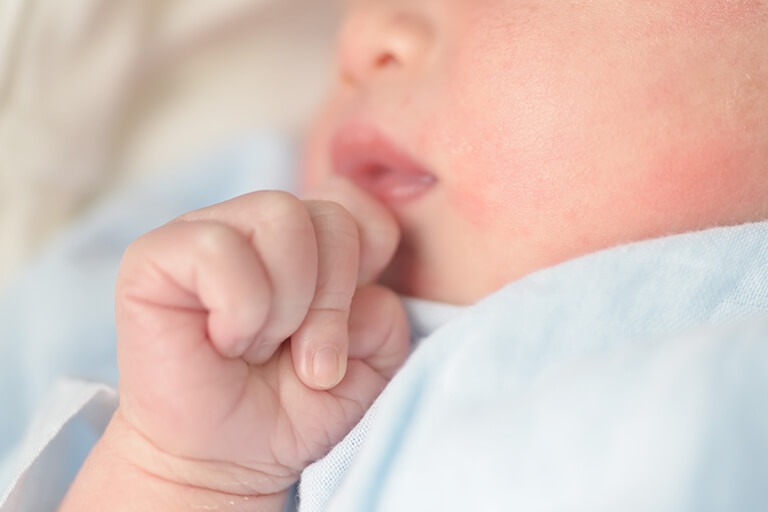Welcoming a newborn into the world is undoubtedly one of life’s most precious moments. However, along with the overwhelming joy of parenthood comes the responsibility of deciphering the various signals your baby’s body sends your way, including those concerning their delicate skin. Baby rashes, though common, can be a cause for concern for many parents. Understanding the most prevalent types of rashes and their causes can help alleviate worries and ensure your little one stays comfortable and healthy.
-
Diaper Rash
One of the most common baby rashes is diaper rash, which can make your baby’s bottom red and painful. This rash usually occurs due to prolonged exposure to moisture and irritants in diapers, such as urine and feces. To prevent diaper rash, be sure to change diapers frequently, use gentle wipes or plain water, and allow the skin to air dry before putting on a new diaper. Applying a barrier cream containing zinc oxide can also help soothe and protect the skin.
-
Eczema
Eczema, also known as atopic dermatitis, is a chronic condition characterized by dry, itchy skin and inflammation. While it can affect individuals of all ages, it often manifests in infancy. Common triggers for eczema flare-ups in babies include irritants like harsh soaps, fragrances, and certain fabrics. Additionally, genetics and environmental factors play a significant role. Managing eczema involves keeping the skin well-moisturized with fragrance-free emollients, avoiding triggers, and using mild, hypoallergenic skincare products.
-
Heat Rash
Heat rash, or prickly heat, occurs when sweat becomes trapped in the sweat ducts, causing red bumps or tiny blisters to appear on the skin. Babies are particularly susceptible to heat rash, especially in hot and humid weather or if they are overdressed. To prevent heat rash, dress your baby in lightweight, breathable clothing, keep them cool in well-ventilated spaces, and avoid excessive bundling. Gentle baths with lukewarm water can also help alleviate discomfort.
-
Cradle Cap
Cradle caps present as greasy, yellowish scales or crusts on the scalp of infants. It is a form of seborrheic dermatitis, a common condition caused by overactive sebaceous glands. While cradle caps aren’t usually itchy or uncomfortable for babies, parents often seek ways to manage them for aesthetic reasons. Regularly washing the scalp with a mild baby shampoo and gently brushing away the scales with a soft brush can help loosen and remove the flakes. In stubborn cases, applying a small amount of baby oil or petroleum jelly before washing can aid in softening the scales.
-
Milia
Milia are tiny white or yellowish bumps that commonly appear on a newborn’s face, particularly around the nose, cheeks, and chin. These harmless cysts occur when dead skin cells become trapped in small pockets near the skin’s surface. Milia typically resolves on their own within a few weeks without any treatment. Avoid picking or attempting to squeeze the bumps, as this can lead to irritation and potential infection. Simply continue gentle cleansing and moisturizing of your baby’s skin as usual.
Conclusion
While baby rashes can be distressing for parents, most are benign and resolve with proper care and attention. However, if you notice worrying symptoms such as fever, swelling, or oozing, or if the rash persists or worsens despite home remedies, it is crucial to see a pediatrician promptly. By staying informed and proactive, you can help keep your little one’s skin healthy and happy, allowing them to thrive and explore the world in comfort.
Dr. Olfa understands the parent’s challenges faced when caring for their baby’s skin and strives to provide effective solutions that prioritize safety and comfort. Whether it’s diaper rash, eczema, heat rash, cradle cap, or milia, contact Dr Olfa and protect your baby’s delicate skin.




